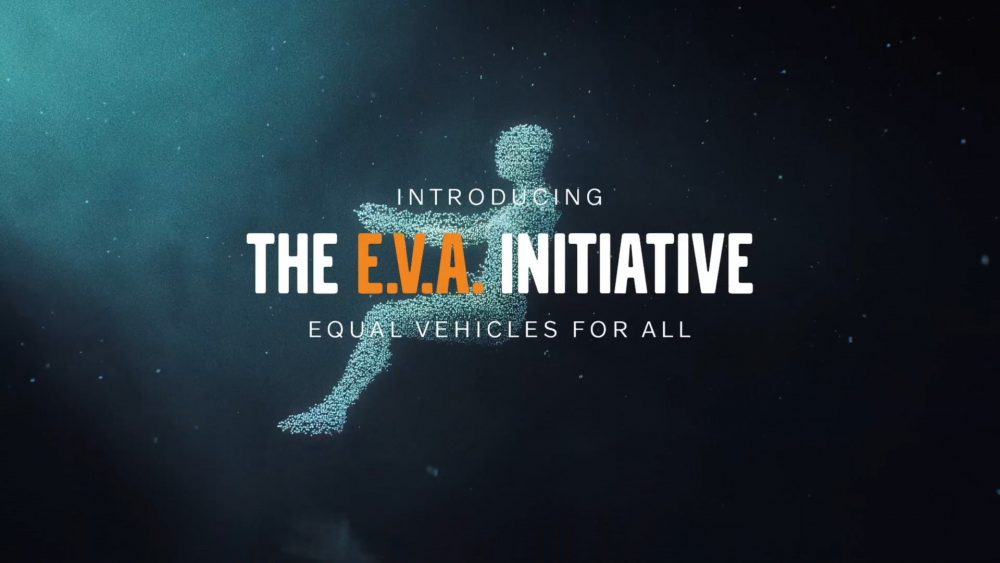By saving over one million lives, Volvo has made a name for itself in the world of automotive safety. While that statistic is not exclusive to Volvo Cars alone, over the past 60 years, the auto manufacturer has shared its knowledge contributing to the overall increased safety in the automotive industry and to the one million lives saved.
To celebrate 60 years of sharing knowledge within the automotive world, Volvo has introduced a central digital library for the greater automotive community called E.V.A.
Introducing E.V.A
The three-pointed seat belt was introduced by Volvo in 1959 and was an early car safety development across the auto landscape. 60 years later, Volvo Cars continues to share knowledge within the E.V.A. Initiative. E.VA. celebrates car safety research and showcases a fundamental issue of inequalities in car safety development.
“We have data on tens of thousands of real-life accidents, to help ensure our cars are as safe as they can be for what happens in real traffic,” says Lotta Jakobsson, professor and senior technical specialist at Volvo Cars Safety Centre. “This means our cars are developed with the aim to protect all people, regardless of gender, height, shape or weight, beyond the ‘average person’ represented by crash test dummies.”
Volvo’s E.V.A. initiative highlights that women are more at risk for some injuries in a car crash. Due to differences in anatomy between the average man and woman, women are more likely to suffer whiplash injuries.
Volvo’s data, in addition to other studies, supported the brand’s efforts to create virtual crash test dummies in order to better understand accidents. These tests helped develop technologies to better protect both men and women equally.
Safety Technology Responses
The first technology that was found following digital testing was WHIPS whiplash protection introduced in 1998. This technology has led to the exclusive Volvo seat and head restraint design.
New technology is developed to not only meet safety standards or pass regulatory tests, but also to show where safety can be improved based on Volvo’s research data and analysis.
Side impact accidents were the main focus during the 1980s. At the time, data showed that too many people were injured in side-impact collisions due to the distance between impact and occupant. Several Volvo innovations followed such as the side impact protection system (SIPS), side airbags, and inflatable curtains.
Recent data from Volvo Cars has shown an issue with the lumbar spine, or lower back, injuries across all people, regardless of gender and size. Further analysis drove Volvo’s focus on the dangers of run-off-road injuries. The resulting technology is an energy absorber in the seats, first introduced on the XC90 and now on all SPA-based cars.
Next Level Safety
You too can enjoy the next-level safety advancements today by visiting Park Place Volvo or search for your next Volvo. To ensure that your current Volvo is maintained to the best standards, you can also schedule your next Volvo service appointment.

